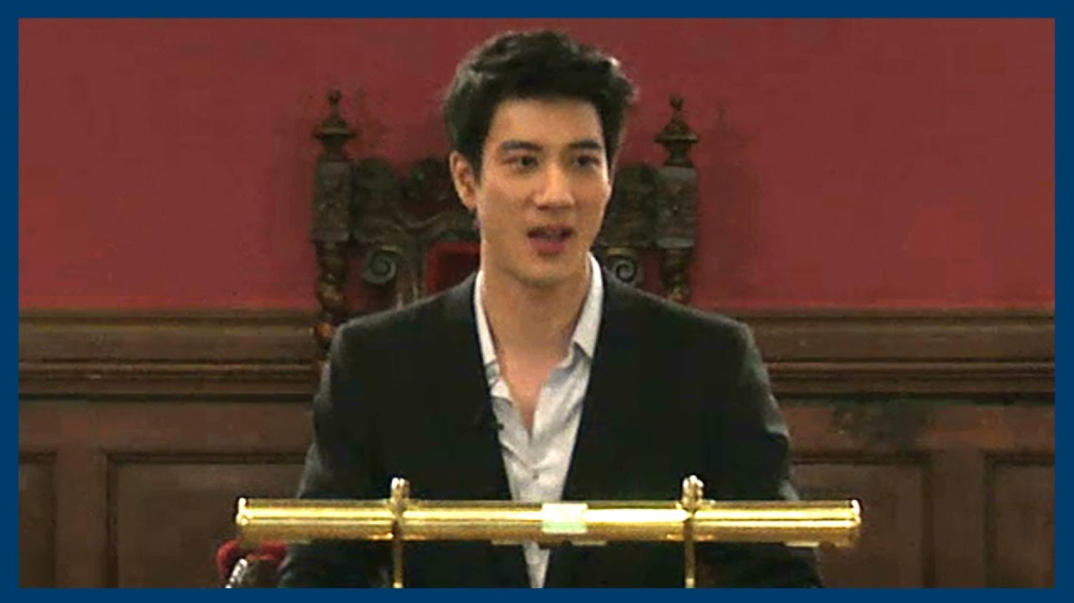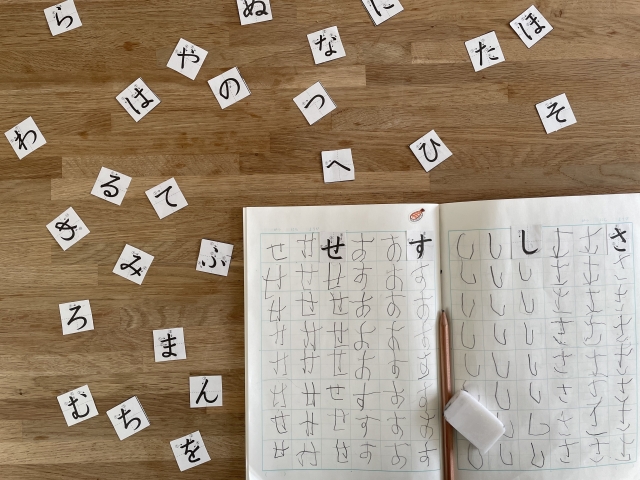總是考滿分可能學不到新東西! 研究指出學習的最佳「甜蜜點」應為85分

為了學習新知,我們有時必須經歷一些挫敗,但多少失敗才是最有效的呢?美國亞利桑納大學一份研究給出了一個數字。根據這項發表於《Nature Communications》期刊的新研究指出,當有15%的時間碰到挫折會是最有效的,換句話說,就是當正確率達到85%時,學習效果最佳。
To learn new things, we must sometimes fail. But what's the right amount of failure? New research led by the University of Arizona proposes a mathematical answer to that question. According to the new study, to be published in the journalNature Communications, it's when failure occurs 15% of the time. Put another way, it's when the right answer is given 85% of the time.
當我們嘗試去掌握那些不存在我們已知範圍內的知識時,才會是最佳的學習。如果太過容易,我們就無法學到任何新知識。同樣的,當挑戰太過困難讓我們感到過度挫敗或想放棄,我們也無法學到新知識。
We learn best when we are challenged to grasp something just outside the bounds of our existing knowledge. When a challenge is too simple, we don't learn anything new; likewise, we don't enhance our knowledge when a challenge is so difficult that we fail entirely or give up.
這項實驗讓電腦進行一系列簡單任務:例如將圖樣分成兩類、或是區別手寫數字是奇數或偶數、數字的大小比較等機器學習後,「85法則」才被提出,電腦在達到85%準確率的難度情境下,學習速度最快。
The so-called "85% Rule" after conducting a series of machine-learning experiments in which they taught computers simple tasks, such as classifying different patterns into one of two categories or classifying photographs of handwritten digits as odd versus even numbers, or low versus high numbers. The computers learned fastest in situations in which the difficulty was such that they responded with 85% accuracy.
當我們思考人類如何學習時,「85法則」應會較適用於根據經驗與案例逐步學習的感知學習(perceptual learning)方式,例如一位放射科醫生(radiologist)學習如何從圖片分辨腫瘤與非腫瘤。
When we think about how humans learn, the 85% Rule would mostly likely apply to perceptual learning, in which we gradually learn through experience and examples, Imagine, for instance, a radiologist learning to tell the difference between images of tumors and non-tumors.
「你會隨著時間越來越會分辨圖片中的腫瘤,而你需要經驗與案例來促進學習」,這項研究的主持人Robert Wilson表示,「我能想像給出簡單、困難與中等案例的情形,如果我給的是太簡單的案例,而你每次都能夠達到100%正確率,那就沒有什麼學習空間;如果我給你太難的案例,你會得到50%的正確率,但你還是沒學會任何新東西;但是如果我給你介於兩者之間的(案例),你就能夠從每個特定案例中得到更多資訊,達到最佳的學習點。」
"You get better at figuring out there's a tumor in an image over time, and you need experience and you need examples to get better," Wilson said. "I can imagine giving easy examples and giving difficult examples and giving intermediate examples. If I give really easy examples, you get 100% right all the time and there's nothing left to learn. If I give really hard examples, you'll be 50% correct and still not learning anything new, whereas if I give you something in between, you can be at this sweet spot where you are getting the most information from each particular example."
由於Wilson與同事目前只是利用簡單任務,找出明顯正確與不正確的答案進行研究,因此Wilson不會因此就認為學生應該以取得平均分數為目標。但他還是認為這項研究能夠為教育帶來一些思考,「如果你總是上太簡單的課,每堂都得到高分,那你可能就不會像在課堂上需要努力奮鬥才能夠跟上的人學到的那麼多。」
Since Wilson and his collaborators were looking only at simple tasks in which there was a clear correct and incorrect answer, Wilson won't go so far as to say that students should aim for a B average in school. However, he does think there might be some lessons for education that are worth further exploration. "If you are taking classes that are too easy and acing them all the time, then you probably aren't getting as much out of a class as someone who's struggling but managing to keep up".

